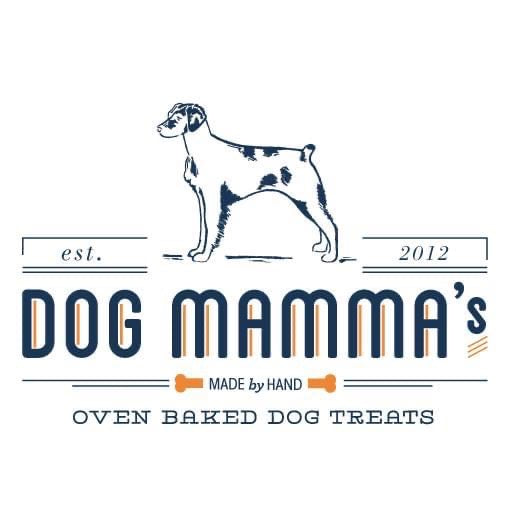Why cognitive resilience is important for aging dogs
One characteristic that makes dogs such lovable companions is their behavior. Dogs are smart, social creatures who learn to adapt themselves to our habits and environments. The amazing canine brain allows some dogs to master complex jobs, such as herding livestock or working as a guide or service animal for their human family. Even companion dogs without an official “profession” can learn housetraining, basic obedience, and often many simple tricks.
Over time, however, aging can have a negative impact on the canine brain, and on the behaviors we come to expect from our companions. Our dogs may become less social or less able to adapt to new environments. This can strain the bond between us and our canine companions and increase our anxiety about their health. Advanced brain aging can even lead to Canine Cognitive Dysfunction (CCDS), a type of dementia that resembles Alzheimer’s disease in humans.
Fortunately, we can help our dogs build resilience in their brains and delay, or possibly even prevent, CCDS and other manifestations of brain aging. The most promising ways to accomplish this are simple, inexpensive, and very safe: enrichment and exercise!

Enrichment and exercise are a simple, inexpensive, and safe way to protect your dog’s brain from age-related decline.
Both humans and dogs can protect their cognitive reserve
The key concept here is cognitive reserve–something both humans and dogs share. We usually have the ability to take on a bit of additional mental work, called cognitive load. This extra capacity also helps us compensate for diminishing cognitive function as we age. When this cognitive reserve is depleted, we experience symptoms and changes in our day-to-day abilities.
The good news is that we can build up and maintain cognitive reserve throughout our lives to spend when we need it as we get older, which is also true for our pets. Social connection and learning new skills help protect our brains from the impact of age-associated changes.
A few studies in dogs show that enriched environments and challenging activities like training can help preserve cognitive ability as the dogs get older. Although there’s still much to learn about what specific tasks and challenges best protect our dogs from brain aging, the general lesson is that the more our dogs engage in activities they find stimulating and enjoyable, the more likely they are to be building protective cognitive reserves.
Practical ways to provide cognitive stimulation for your dog
For some dogs, this could mean daily walks or playtime with their owners. Others might benefit from obedience or agility training, visits to puppy playgroups, or a wide range of possible enrichment activities. The key is to provide as much stimulation, variety, and novelty as possible—so long as it’s fun!

7 practical ways to provide cognitive stimulation for your dog
Benefits of exercise for your dog
The other simple way to protect our dogs from the effects of brain aging is exercise. Lots of evidence in humans and research animals shows that increasing physical activity builds cognitive reserve and reduces the risks of brain aging. Exercise, of course, has lots of other health benefits, and if it involves activities that are new and fun, it can also be a form of enrichment.
A recent study by the Dog Aging Project asked the owners of over 10,000 dogs to complete surveys investigating their dogs’ cognitive function and their exercise habits. They found that dogs who exercised more showed fewer age-related behavioral problems and were less likely to be diagnosed with CCDS. While more research is needed, this is consistent with what we already know in other species: exercise builds cognitive reserve and protects against loss of function over time.
We don’t know how to develop an optimal exercise program for each individual dog yet, but the general rule of thumb is that more is better (within reasonable limits). Forcing our dogs to exercise to the point of pain and exhaustion is not, of course, a good idea! Noticing when your dog is in pain or fatigued is important for a safe and productive exercise routine. We want their physical activity to be challenging but fun.
For some dogs, daily leash walks might count, but this is probably too little activity for most. Off-leash activities like playing with other dogs, swimming, and catching balls or Frisbees probably provide a better challenge and also let our dogs set their own limits based on how they feel. More complex activities, such as agility or performance and competition sports like nosework may be appropriate for some dogs. More is better than less, and some is better than none—so one way or another, we need to get our dogs up and moving as much as we can.
Some owners use enrichment toys or puzzle toys filled with treats like peanut butter to provide mental stimulation. If you’re looking for training activities for a rainy day, the Ohio State University College of Veterinary Medicine offers information and tips on enrichment through their Indoor Pet Initiative.
How we’re addressing canine cognition at Loyal
Loyal and other researchers are actively seeking new tools to extend healthspan and reduce the negative impact of aging on the welfare of dogs and humans. In the future, there may be medicines, diets, and other treatments that can reverse CCDS and other consequences of brain aging. But right now, we have the power to increase and protect cognitive reserve and reduce the risk of age-related brain dysfunction through enrichment and exercise—both for ourselves and for our canine family members.
Sources
Chapagain D, Range F, Huber L, Virányi Z. Cognitive Aging in Dogs. Gerontology. 2018;64(2):165-171.
Sampedro-Piquero P, Begega A. Environmental Enrichment as a Positive Behavioral Intervention Across the Lifespan. Curr Neuropharmacol. 2017;15(4):459-470.
Bray EE, Raichlen DA, Forsyth KK, Promislow DEL, Alexander GE, MacLean EL, et al. Associations between physical activity and cognitive dysfunction in older companion dogs: Results from the Dog Aging Project. bioRxiv [Internet]. 2022 Apr 21

